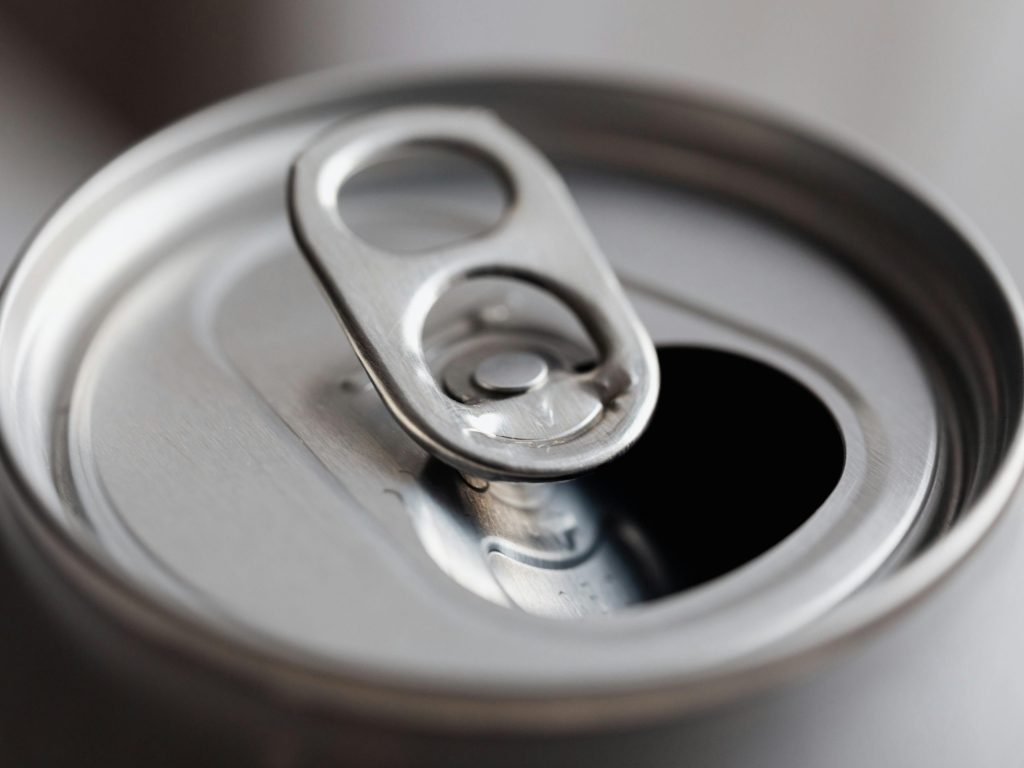Global Trade

July 22, 2025
Ball’s western re-entry and the regional can making pressures
Written by Nicholas Bell
Ball Corporation has selected the city of Millersburg, Oregon, for its next beverage can manufacturing facility, part of an ongoing effort to expand its North American production footprint.
The company announced during an earnings call in February that it had acquired Florida Can Manufacturing and would be adding a two-line facility in the Pacific Northwest. The exact location had not been finalized at the time.
The Millersburg site adds a production facility to Ball’s Pacific Northwest portfolio, just over a year after the company shuttered its can manufacturing plant in Kent, Washington, a few hours north of Millersburg across state lines.
The Kent facility had long served as a regional asset but was closed amid broader capacity realignments at the company. The new plant suggests a renewed strategic value in maintaining presence in the West, even while structural headwinds remain.
In fact, Ball owns close to half of the can manufacturing plants in the continental U.S., and nearly half of those are idled or shuttered. Of the idled plants, almost half of those are located in the western U.S., underpinning just how concentrated the operational retreat has been in that region.
While domestic demand for aluminum cans remains strong, new builds and legacy assets have largely been clustered in the South, the Midwest, and the eastern seaboard.
Why is that? The West presents peculiar trade-offs.
While California is known for high industrial electricity costs, it is also the most populous state in the country with one of the highest can recycling rates, partially due to its recycling refund policies. Still, two separate competitors are entrenched in the state as well – Ardagh and Metal Container Corporation.
That said, most other Western states – including Washington, Nevada, New Mexico, Arizona, Colorado – fall into the lower half of the national cost average, especially those with hydroelectric power, like Oregon, according to the U.S. Energy Information Administration.
A distinct cost burden shared across the region by most states in the western U.S. is their limited access to beverage can sheet, nearly all of which is produced in the Midwest or the South. That adds transportation and logistics costs that don’t exist for plants closer to supply hubs.
The closest rolling mill that produces beverage can products is Golden Aluminum in Fort Lupton, Colorado, where Ball holds a 50% stake through a joint venture with MolsonCoors. The plant is the largest dedicated can manufacturing facility in the U.S., but much of the capacity for both Golden Aluminum and Ball’s joint venture plant is likely absorbed by the Coors network. That dynamic limits Ball’s ability to fully leverage the mill for its own use.
Complicating matters further, AB InBev owns a majority stake in Metal Container Corporation, which operates two of its own can making facilities in the West, including in Colorado, and serves a broad portfolio of beer brands. In that context, Ball’s partial joint ownership with a key beer supplier, and the proximity of a vertically integrated rolling mill, adds a strategic container to its Western ambitions.
The next closest beverage can sheet producer to Ball’s new Oregon plant would be Novelis’ rolling mill in Davenport, Iowa – about 2,000 miles away.
Ball and Manna Capital announced plans to build a aluminum rolling mill in New Mexico back in 2022 specifically for the can sheet market. While those plans have not been officially terminated, operation was slated to begin in earnest by 2026. Yet, Ball has made no mention of plans for the facility in earnings calls for years and no mention of the Los Lunas, New Mexico mill can be found on their website.
The market downstream complicates matters even more. The western U.S. represents around 40% of the U.S.’ continental landmass yet contains only about 23%-24% of the country’s non-alcoholic beverage filling plants, according to trade association American Beverage data.
This matters even more when considering Ball’s partnership with MolsonCoors in the alcoholic beverage space.
What the western U.S. does have is a growing concentration of rival infrastructure.
Crown Holdings, Ardagh Metal Packaging, Metal Container Corporation, and others have established a foothold west of the Mississippi, with select facilities aimed at serving the region’s niche growth pockets.
In that sense, the decision to expand in Oregon may be less about closing the distance to customers, and more about not relinquishing ground to competitors.
With Aluminum Dynamics ramping up its first-ever beverage can sheet mill in Mississippi and the company concurrently developing a major recycling facility in Arizona, there are signs of a broader strategy forming. If the two assets become commercially aligned, a “sell us your scrap, we’ll sell you your sheet” arrangement could unlock the western U.S. recycling network in exchange for coil access.
That would be a potential workaround to the structural bottlenecks that have long made Western can making a margin-squeezing endeavor.







